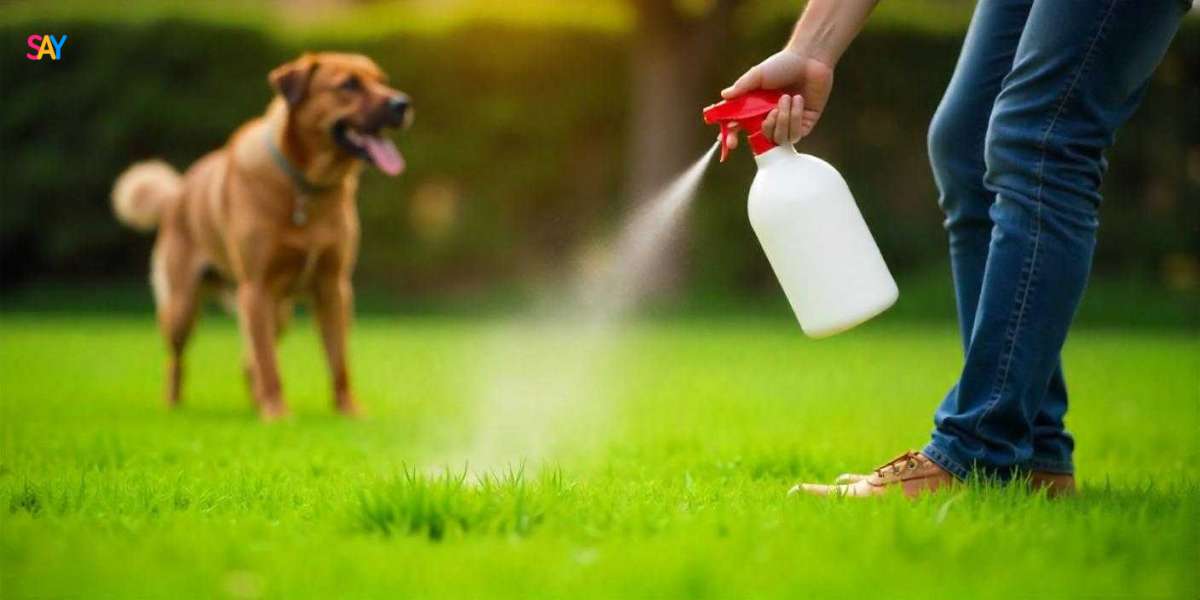Can You Clean Turf with Vinegar?
Artificial turf has become a popular, low-maintenance alternative to natural grass. But even synthetic lawns need a little upkeep. One common question homeowners ask is: Can you clean turf with vinegar? The answer is yes—but there’s a right way to do it. Let’s break down how vinegar works on turf, when to use it, and what to avoid so your lawn stays fresh and clean.
Why Regular Turf Cleaning Matters
Even though artificial grass doesn’t grow or need watering, it still collects dust, pollen, pet waste, food spills, and other outdoor debris. Left untreated, these messes can cause bad odors and even attract bacteria. That’s why regular turf cleaning is key to keeping your yard looking and smelling great.
Can You Clean Turf with Vinegar?
Yes, you can clean turf with vinegar, and it's actually a great natural cleaner. White distilled vinegar is a mild acid that breaks down grime, neutralizes odors, and kills bacteria—all without harsh chemicals. That’s what makes it a smart choice for homes with kids or pets.
To learn more about proper maintenance and alternatives, check out this guide on How to Clean Turf Grass. It covers everything from tools to cleaning frequency.
Benefits of Using Vinegar on Artificial Grass
There are a few key reasons why homeowners prefer vinegar:
Non-toxic and eco-friendly
Effective at neutralizing pet odors
Inexpensive and widely available
Safe for turf backing when diluted properly
Just make sure you're using a 1:1 mixture of vinegar and water. Undiluted vinegar may be too strong for some surfaces over time.
How to Clean Turf with Vinegar (Step-by-Step)
Here’s a simple process you can follow:
Clear debris: Rake or use a leaf blower to remove leaves, twigs, and surface dirt.
Mix the solution: Combine equal parts white vinegar and water in a spray bottle or garden sprayer.
Spray affected areas: Focus on spots with stains or odors.
Let it sit: Allow the solution to soak in for 5–10 minutes.
Rinse with water: Use a hose to wash the area and remove any lingering residue.
Brush the turf: Fluff up the turf fibers with a stiff brush once dry.
When Should You Use Vinegar to Clean Turf?
Vinegar works best for:
Pet urine and odor spots
Mold or mildew patches
Food or drink spills
Everyday sanitation
Avoid using it on large mud stains or oil-based spills—those usually require a stronger turf cleaner or professional help.
If your turf was installed by a local landscaping expert, like Lakota Design Group, check with them for product-specific cleaning recommendations.
Alternatives to Vinegar for Turf Cleaning
While vinegar is great for spot cleaning, there are other options you can mix into your routine:
Mild dish soap and water: Good for general cleaning.
Artificial grass enzyme cleaners: These are pet-safe and target organic odors.
Baking soda: Can be sprinkled to remove odors before hosing off.
Pressure washing (light setting): For large areas, used occasionally.
For more on this, refer back to the earlier linked turf cleaning guide which covers tool options and common mistakes to avoid.
Is Vinegar Safe for Pets on Turf?
Yes, once the turf is rinsed and dried, vinegar leaves no harmful residue behind. However, avoid letting pets walk or lie on freshly sprayed turf until it’s fully rinsed and dry to prevent irritation.
Common Mistakes to Avoid
Using full-strength vinegar without water
Not rinsing afterward
Applying too frequently in one area
Using colored vinegar (stick with white)
These mistakes might not ruin your turf instantly, but over time they can damage the backing or dull the turf color.
How Often Should You Clean with Vinegar?
Vinegar spot cleaning can be done every 1–2 weeks in high-traffic areas. For full turf maintenance, deep clean your entire lawn every 4–6 weeks depending on usage and exposure to pets or dirt.
Final Thoughts
So, can you clean turf with vinegar? Absolutely—when done correctly, it’s one of the most affordable and effective natural cleaners for artificial lawns. Whether you’re dealing with pet messes or everyday grime, vinegar is a reliable option to keep your turf looking sharp. Just remember to dilute, rinse, and maintain a regular cleaning schedule.




